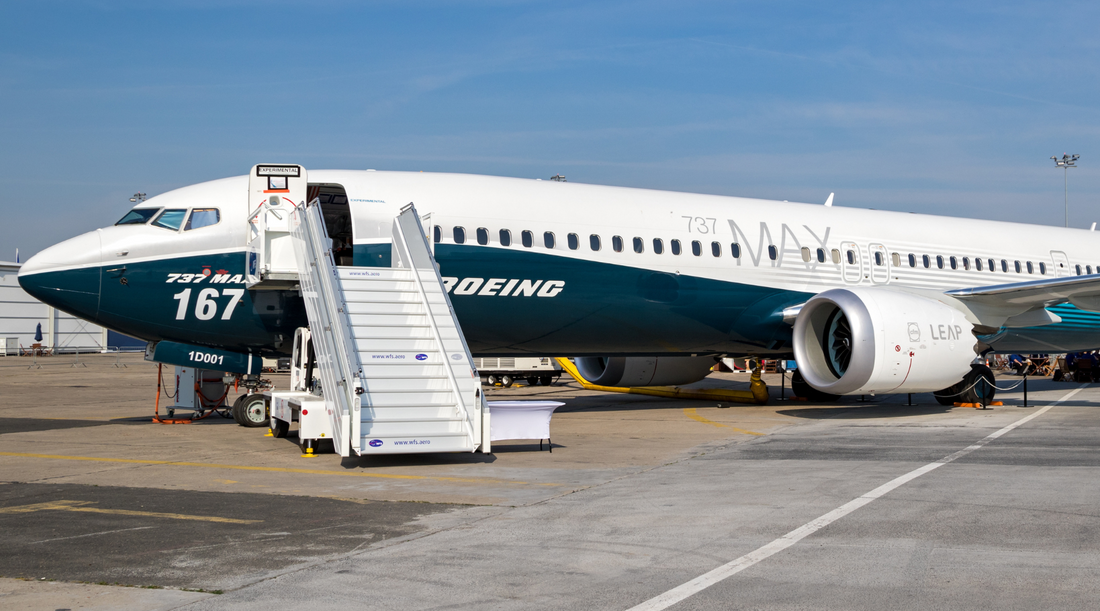Boeing Blues: Will the 737 MAX Ever Recover?
The Boeing 737 MAX, once a poster child for efficiency and a key player in airline fleets worldwide, has been grounded for nearly two years following two deadly crashes that claimed 346 lives. The most recent safety incident, involving a malfunctioning rudder on a SpiceJet flight in India in January 2023, has cast a fresh shadow over the aircraft's return to service.
The grounding stemmed from the two Ethiopian Airlines and Lion Air crashes in 2018 and 2019, both attributed to a faulty flight control system called the Maneuvering Characteristics Augmentation System (MCAS). The MCAS was designed to automatically correct for potential stalls, but in these incidents, it malfunctioned, pushing the nose of the planes down repeatedly despite pilot attempts to regain control.
The SpiceJet incident, while not as catastrophic, raised concerns about whether all potential issues with the MAX had been addressed. During the climb after takeoff, the rudder, which steers the plane left and right, malfunctioned, causing the aircraft to veer sharply. Thankfully, the pilots regained control, and the plane landed safely.
Boeing has since made significant changes to the 737 MAX's software and training procedures for pilots. The MCAS system has been redesigned to include additional safeguards and pilot alerts. Regulators around the world are scrutinising these changes meticulously before allowing the MAX to fly again.
The impact of the grounding has been substantial. Airlines have been forced to cancel flights, reschedule routes, and find alternative aircraft. Boeing has faced billions of dollars in fines, compensation costs, and lost sales. The company's reputation has been tarnished, with airlines and passengers questioning the safety of the aircraft.
The return of the MAX to service hinges on regaining public trust. Here's what needs to happen:
- Regulatory Approval: Aviation authorities worldwide must be completely satisfied with the modifications made by Boeing. This includes rigorous testing and pilot training simulations.
- Airline Confidence: Airlines need to be confident that the MAX is safe and reliable before reintroducing it into their fleets. This involves pilot training on the new systems and assurances from Boeing about the aircraft's airworthiness.
- Passenger Trust: Passengers need to feel comfortable flying on the MAX again. Airlines will likely need to take steps to rebuild trust, such as being transparent about the aircraft's modifications and ensuring well-trained pilots are at the controls.
The SpiceJet incident served as a stark reminder of the challenges Boeing faces in getting the MAX back in the air. While the company has made strides in addressing safety concerns, regaining public confidence will be an ongoing battle. The true path to recovery for the 737 MAX remains uncertain, with the journey ahead demanding a sustained effort to rebuild trust.

